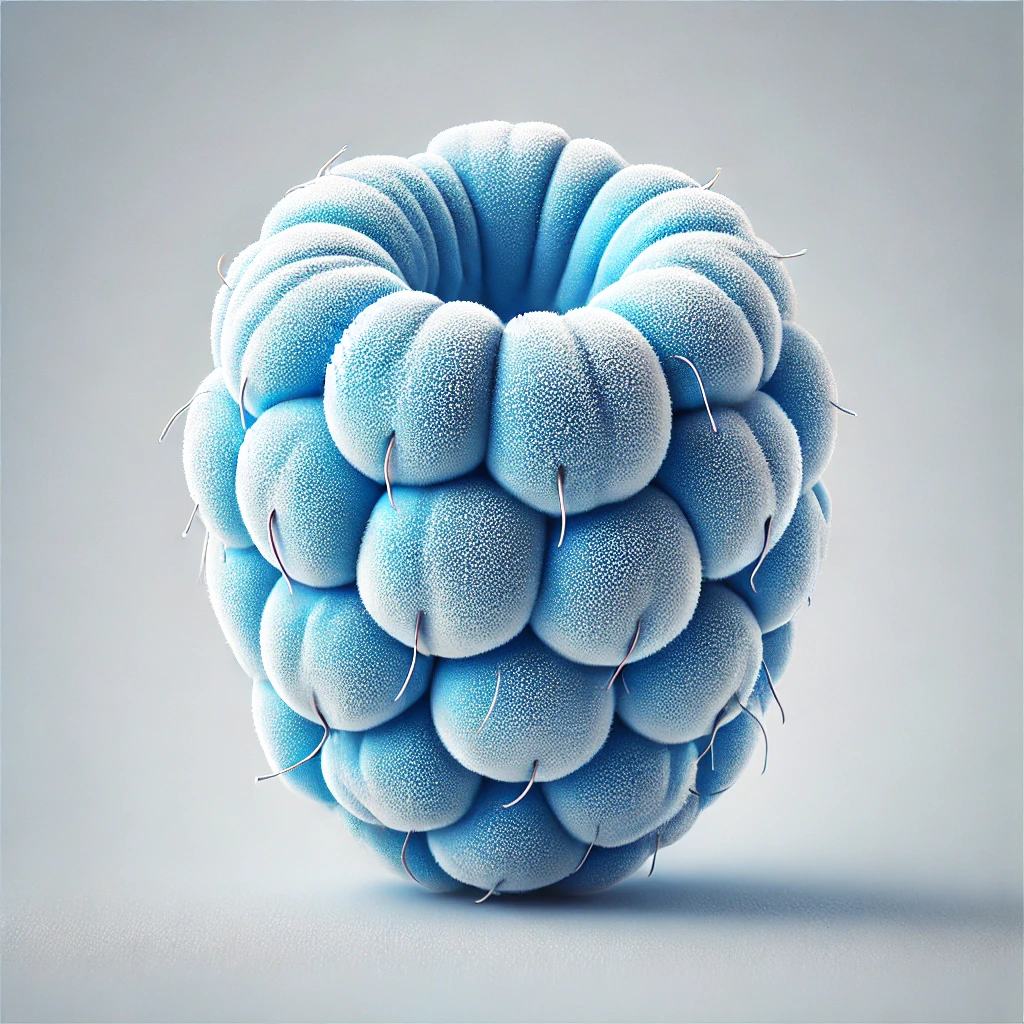Discover What Blue Raspberry Flavoring Is Made Of

The Mystery Behind Raspberry Flavoring Unveiled
A Flavor Favorite in Every Kitchen
Blue Raspberry flavoring is a beloved ingredient in the world of culinary arts, adding a burst of fruity sweetness to a variety of dishes and drinks. Whether you’re indulging in a raspberry-flavored macaron or sipping on a refreshing blue raspberry iced tea, this flavor has a unique way of elevating the taste of countless beloved foods and beverages. But have you ever paused to wonder about the origins of this delightful taste? What exactly is raspberry flavoring made of?
This blog post will take you on a flavorful journey, exploring how blue raspberry flavoring is crafted, its natural and artificial sources, and how you can use it creatively in your own kitchen. For foodies, home cooks, and health enthusiasts alike, understanding the composition and impact of raspberry flavoring is as important as savoring its taste.
Extracting Raspberry Flavor from Fresh Raspberries
The most authentic blue raspberry flavor comes directly from raspberries themselves. This process begins with harvesting ripe raspberries, chosen for their rich color and intense sweetness. After being washed, the raspberries undergo a process called cold pressing, where they are crushed to release their natural juices containing the essential flavors and aromas cherished by many.
These juices are then concentrated through evaporation, intensifying the flavor while removing excess water. This concentrated raspberry extract is a pure, natural flavoring used in high-quality foods and beverages. It offers the genuine taste of raspberries without any additives or artificial enhancements. The process is meticulous, ensuring that the essence of fresh raspberries is preserved and delivered in every drop.
For those who prefer natural ingredients, raspberry extract can be a great addition to recipes. Its versatility allows it to blend seamlessly into a range of culinary creations, from sauces to desserts. By using real blue raspberry flavoring, home cooks can feel confident in the natural authenticity of their dishes.
Alternative Natural Sources for Blue Raspberry Flavoring
While extracts from real raspberries offer a pure flavor, it’s worth noting that other natural sources can also provide raspberry-like notes. Some of these come from unexpected places, such as herbs and flowers, which can mimic or enhance the raspberry taste in creative and delightful ways.
For instance, hibiscus flowers are often used as a natural flavor enhancer. They provide a tart, fruity note reminiscent of raspberries, making them a popular choice for teas and beverages. Other natural ingredients like rose hips and black currants can also add depth to raspberry-flavored products, creating a unique blend of flavors that appeal to the adventurous palate.
These alternative sources are often favored in artisanal and organic food products, where the focus is on natural, health-conscious ingredients. They allow for a greater range of flavor profiles without resorting to synthetic additives, offering an enhanced experience for those interested in both taste and nutrition.
The Enigma of Artificial Blue Raspberry Flavorings
Not all raspberry flavorings come from natural sources. In fact, many commercial products rely on artificial flavorings, crafted through a combination of chemicals designed to mimic the taste and aroma of raspberries. These synthetic flavorings are popular due to their cost-effectiveness and consistency, enabling manufacturers to produce raspberry-flavored goods at scale.
However, artificial flavorings come with their own set of potential health implications. Some studies have raised concerns about the long-term effects of consuming synthetic additives, although the precise risks can vary depending on individual sensitivities and the quantities consumed. For health-conscious consumers, understanding these implications is crucial in making informed dietary choices.
Artificial flavorings also highlight the curious case of “blue raspberry” flavor—a product of laboratory innovation rather than nature. Despite the common association with a non-existent blue raspberry fruit, this flavor is a blend of artificial compounds originally developed to create an eye-catching, distinct taste. While it doesn’t come from a real blue raspberry plant, its popularity persists, capturing the imagination of many.
Tips for Incorporating Blue Raspberry Flavoring in Home Cooking and Baking
For those eager to experiment with raspberry flavoring, there are numerous ways to incorporate it into home cooking and baking. Raspberry flavoring can transform ordinary recipes into gourmet delights, adding a fruity twist that appeals to both the sweet-toothed and the flavor-conscious.
When baking, consider using raspberry extract to enhance the flavor of cakes, cookies, and pastries. A few drops can make a world of difference, infusing your baked goods with a sweet, tangy note that’s hard to resist. Pair it with complementary flavors like chocolate or vanilla to create sophisticated desserts that impress.
In savory dishes, raspberry flavoring can be used to create unique sauces and glazes. A raspberry sauce can add brightness to grilled meats, while a raspberry vinaigrette can elevate a simple salad. The key is to balance the flavor, ensuring that the raspberry notes enhance rather than overpower the dish.
For beverages, raspberry flavoring is fantastic in cocktails and mocktails. Whether you’re concocting a plush raspberry margarita or a refreshing raspberry lemonade, this flavoring brings a delightful burst of fruitiness to your drinks. Experiment with fresh herbs like mint or basil for an added layer of complexity and freshness.
Conclusion: The Importance of Knowing Your Flavorings
Understanding what goes into your raspberry flavoring is more than a matter of curiosity—it’s an essential aspect of making informed choices about the foods you consume and serve. For those passionate about food, knowing the origins and implications of flavorings can enhance both the culinary experience and nutritional value of your creations.
Whether you opt for natural raspberry extracts or explore the world of artificial flavorings, awareness is key. By understanding these elements, you can make educated decisions that align with your values and dietary goals, ensuring that each dish not only tastes great but also fits into your lifestyle.
For further exploration into the world of flavors and cooking techniques, consider checking out additional resources and joining communities of like-minded food enthusiasts. Curious about other unique flavors? Check out our Guide to Essential Spices for Every Home Cook for a dive into natural ingredients. The joy of cooking is not just in the eating—but in the discovery of what makes each flavor unique and delightful.







